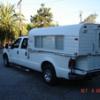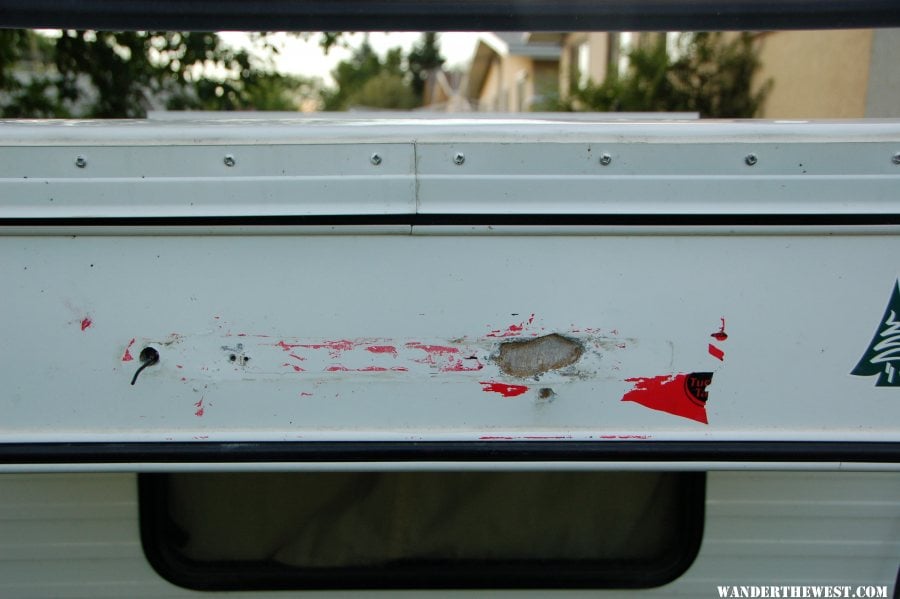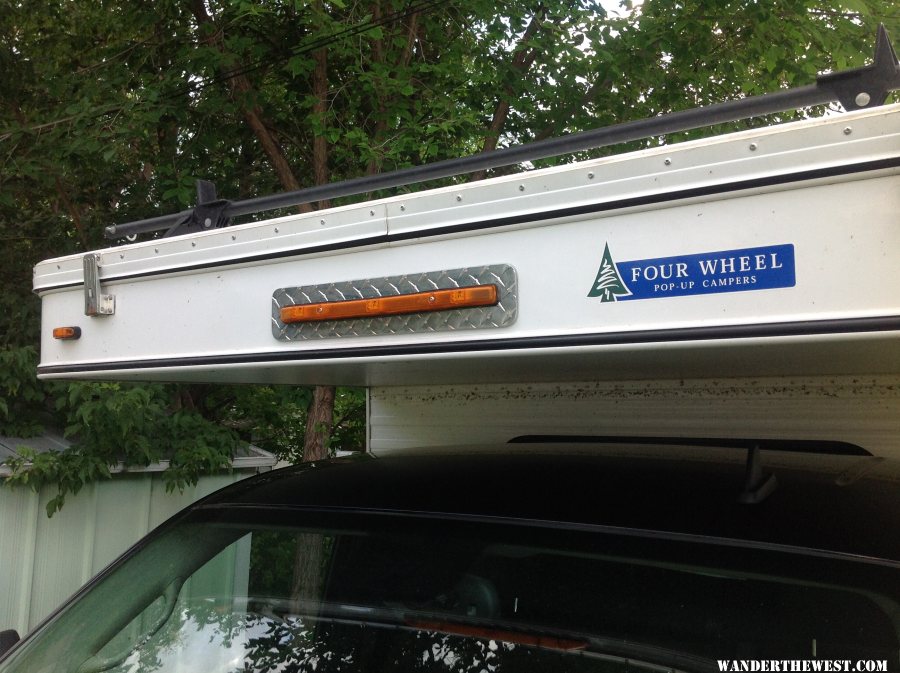I'm looking at replacing all of the screws on the marker lights of my 2013 Hawk, with whatever is best to avoid galvanic corrosion.
After reading for about 1 week on galvanic corrosion, I'm more confused than ever. Some people say use stainless steel, others say do not use stainless steel fasteners on aluminum. Then again others say it's okay if there is no moisture.
When I took a couple of the screws out of my Hawk it appeared that the long marker lights were using 1
" stainless screws to hold the light assembly in place, but none of the other screws were stainless. The remainder of the screws were attracted to a magnetic. Perhaps the are galvanized. But why did some of the ones I took out have rust.
Only the 3 marker lights on the front had sealant on them. Of course more water gets to the front while driving, but shouldn't all of the screws have received the same treatment.
Anyhow. I want to know what are the best screws to use. Should sealant be used to cover the screw heads. What about the threads of the screws. RV sealant seams quite messy and it might make it difficult to get the light covers off again. Can something else be used. Are people sealing the covers as well?
Edited by Bill D, 27 July 2016 - 01:49 AM.




















